Homeowners in Burke enjoy the many benefits of living in beautiful planned communities, but these benefits come with challenges of their own when it comes to pest control. The tree canopy makes Burke so much better, and the landscape around the area also allows a larger population of insects to thrive year-round.
The changing seasons bring a range of pests in Burke, everything from an early spring invasion of ants to a fall migration of spiders looking for a warm spot for the winter. As a place with more than 41,000 residents, Burke will undoubtedly have a pest problem that will impact a sizable portion of its population.
Understanding HOAs in Burke
Many Burke HOAs have precise requirements regarding how often lawns must be mowed, what home renovations are allowed, which landscaping features are permissible, and what vendors are approved for service. The largest of these is the Burke Centre Conservancy, which manages thousands of homes and continues to maintain comprehensive covenants relating to property appearance and maintenance standards.
Typical HOA rules in Burke include prohibiting exterior pest control devices, limiting DIY pest treatment that may affect a neighboring dwelling, requiring written approval before structural changes, such as pest proofing, and requiring the use of only approved pest control vendors. As a result, these regulations can, at times, be at odds with holistic pest prevention and control practices that a homeowner would like to achieve.
How HOA Rules Might Be Interfering with Pest Prevention
Restrictions on Exterior Modifications
However, many Burke HOAs prohibit homeowners from putting up effective pest deterrents such as screens, barriers, or exclusion devices without prior approval. During peak infestation seasons, this bureaucratic process can postpone essential pest prevention measures.
Landscaping Limitations
For example, HOA landscaping requirements can occasionally contradict pest-prevention best practices. The associations Burke belongs to require specific types of plants or timing of lawn maintenance that naturally attract pests, such as mulch that might harbor termites, and a watering schedule that can create mosquito breeding sites.
- Vendor Restrictions
Specific Burke homeowner associations have approved vendor lists, which may lack the most qualified pest control experts in the area. This limitation also provides homeowners with minimal options for selecting the type of service provider, hence determining the result of the pest prevention strategy.
Local companies such as Green Pest Services are well-versed in the pest challenges unique to Northern Virginia and the HOA requirements in Burke. Many homeowners have used their services to great success. Burke has experience with its various community associations, assisting homeowners with effective pest control while helping them comply with local regulations.
Chemical Treatment Limitations
The types of pest control treatments permitted by the HOA are often limited, especially those that may impact nearby shared areas or buildings. This might restrict choices for complete pest prevention, leading homeowners to use less efficient means or postpone the treatment until they receive approval.
Tips to Work Around HOA Rules Without Violating Them
Research and Communication
Read Your HOA’s Pest Control Policies and Architectural Guidelines. If pest prevention has a significant impact on your neighborhood, you may want to reach out to your HOA board to discuss your plans before you implement any pest prevention measures.
Focus on Interior Prevention
Use indoor pest prevention strategies that are not subject to HOA regulation to the fullest extent. That means filling in interior cracks, making sure food is stored correctly, and using products safe for use inside. I have found these methods to be more effective than outside treatments, and they should not violate community standards.
Choose HOA-Compliant Solutions
Use pest prevention methods that match your community’s aesthetic standards. Consider hidden exclusion devices, landscape modifications, or treatments that do not change your home’s exterior appearance. Collaborate with pest control specialists who are familiar with HOA regulations and guidelines for recommendations on compliance with pest control measures.
Document Everything
Accurate records on all pests or at risk of infestation and preventive action taken can be helpful for HOA approvals for required changes or for showing that limitations in place cannot successfully solve persistent pest issues.

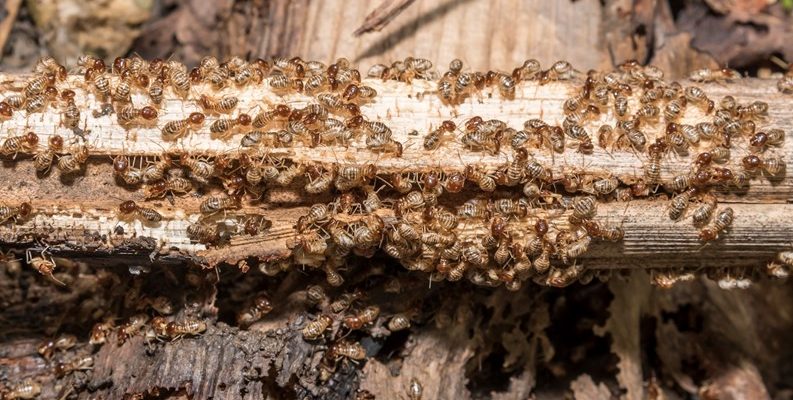

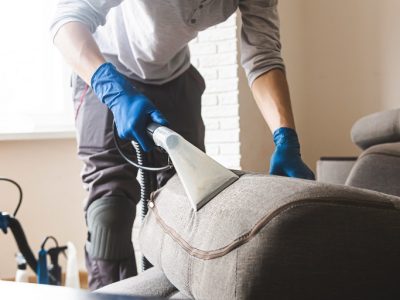

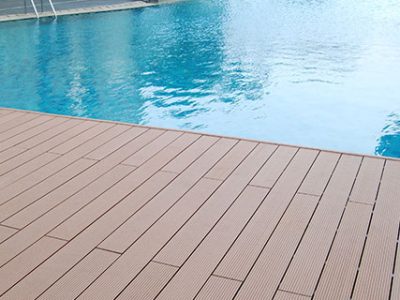
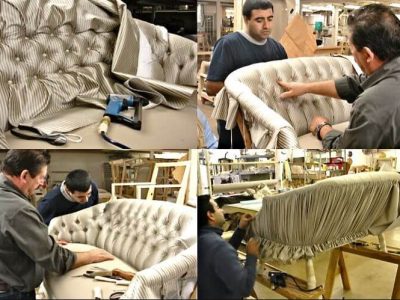



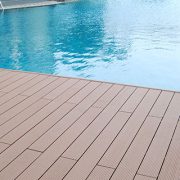
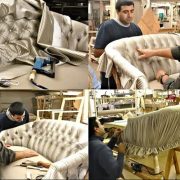


Comments